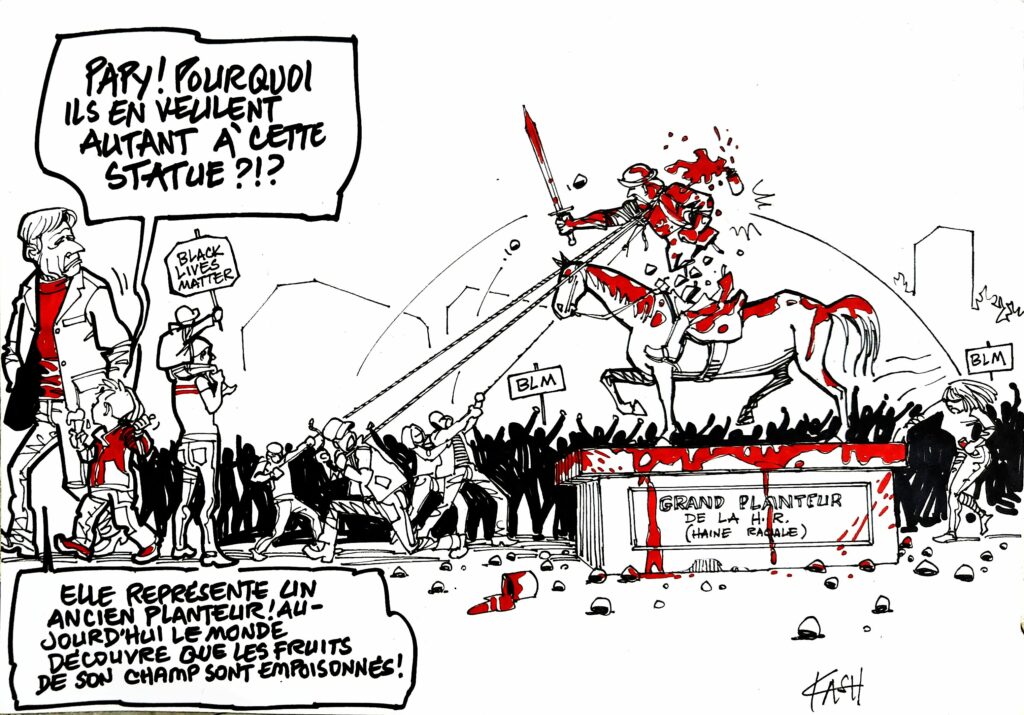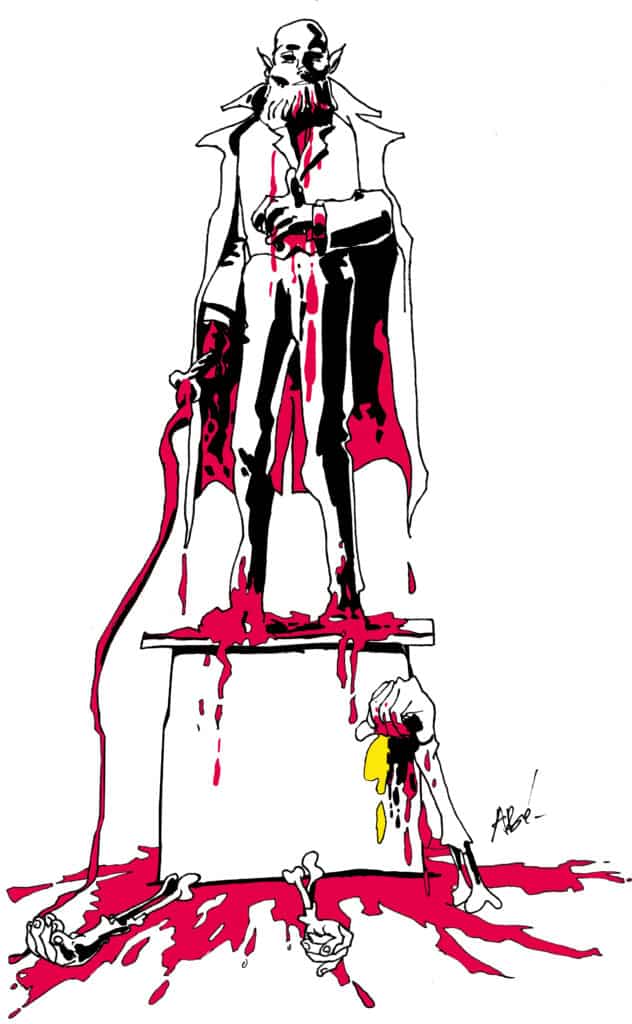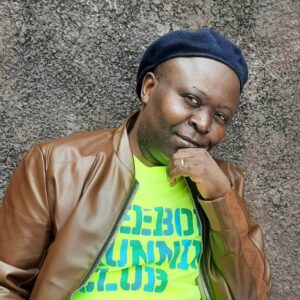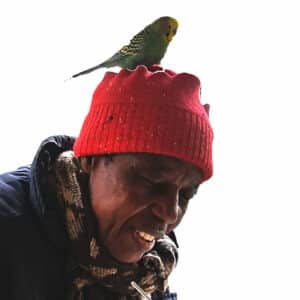There is, in the “Journal of a Homecoming”, this prayer that Aimé Césaire describes as virile, a prayer addressed to his heart and in which rises, like an evil scourge, a discreet expression whose echo would probably never leave any artist who has read this text and feels truly concerned by its purpose: “Make me the depositary of his resentment”. The resentment is the one of those who have been put at the bottom of the racial ladder by a conquering, glorious West, master of the world, and that quite naturally was at the top of its own ladder. The history of the Congo, like that of many colonised countries, is first and foremost that of individuals entrapped in a project that is not their own, individuals taken away from the Arab-Muslim slave trade in order to be subjected to a more subtle form of slavery, that of colonisation. And still very much exploited, they have their hand cut off when they don’t work enough, their pregnant women disembowelled, their little girls impaled in front of their entire community, in order to be warned when they don’t make the new master earn enough. In the eye of the master, of course, they are only functional bodies and only have use in the circumscribed territory of his project as bodies, tools, slaves, things…
Current reference: Monument collapse
Recently, a monument to Leopold II of Belgium, which had been unmounted during the reign of Mobutu, was, like many other colonial monuments, dusted, cleaned and rebuilt on Mount Ngaliema, the place where the history of the Congo as a state begins. His bust was erected, alongside other historical figures in the governorate of Haut-Katanga in Lubumbashi. The Congo is his country and those who still run it today are his heirs, putative epigones. Congolese politics is above all a scene of power and submission, glorification and allegiance, exploitation and enrichment. That was Leopold’s project: to submit, exploit, enrich and be glorified in stone, in the scriptures and in the memory of the world. This is the state of the Congo and its history is not my own. I am not a Congolese artist because the narrative, the national interests and practices in this country, that constitute the framework in which I find myself, seem to me poor and stupid, of bad faith, insolent and unjust. This has quickly imposed on me a necessity and a duty of transcendence.

Institutional racism and dehumanisation
Following the racist murder of the American George Floyd by a police officer, highlighting an approach toward the black body often pointed at in this country – an approach of systemic institutional racism in a state built on the same principle of destruction and submission of everything that is not white and Christian – in several European and American cities, the statues linked to the history of slavery and colonisation have been vandalised or brought down.
Many citizens who question the national narratives of past glories as slave traders and colonisers have decided to desecrate the memory these narratives’ main actors. They are demanding justice in the national narrative and memory. And through this justice, perhaps, a complete de-racialisation of this world built on the memory of the dehumanisation of the rest of mankind in the name of old-fashioned political glory in the form of an empire, and in the name of business, profit and a universalist “ideology”.
Profanation and utopia
For many artists on the Congolese scene, the idea of belonging does not go hand in hand with the state, but rather with the brutality of the construction, maintenance and functioning of that state. In this, their history is connected to many other people who have been subjected or whose humanity has been denied, tamed, domesticated, exploited, worn out, damaged and thrown into the floating rubbish dump of the built world’s history, that is to say the history of institutions. These artists are, as Césaire would say, the repositories of past and present resentments, and there is rarely any question in their work other than to question the political, beyond the assignment of the state institution. It is a question – in a globalised orgy of aesthetic influences and conceptual approaches – of profanation, speculation and overcoming, it is a question of utopia.
Text: Sinzo Aanza
Artistic statement by Thembo Kash on the anti-racism debate:
There are no races except the human race.

Statement by Kash:
„I do not know whether to speak of revolution, but one fact is undeniable: Western public opinion is waking up and rising to join its voice to that of discriminated minorities.
In the multitude of manifestations that can be observed throughout the world, there is one constant: it is a melting pot of races, in an impulse of fraternal solidarity, which is crying out against a subliminal racism that plagues various spheres of our so-called modern society. The expression of the demonstrators is irrevocable: the peoples of the world want to turn a page, to reconcile with history and to wring the necks of supremacist theories of all kinds.
Without wishing to be blissfully optimistic, we believe that the long march towards harmonious cohabitation has just begun. Our certainty is that we are seeing a growing awareness among the peoples of the earth of our desire to write a new, more humane code. Recognizing the humanity of others is a beautiful perspective of elevation; a sublimation of our own identities and an acknowledgement of our complementarity.“
Guest author in this article: SINZO AANZA





